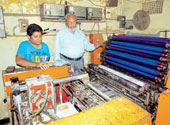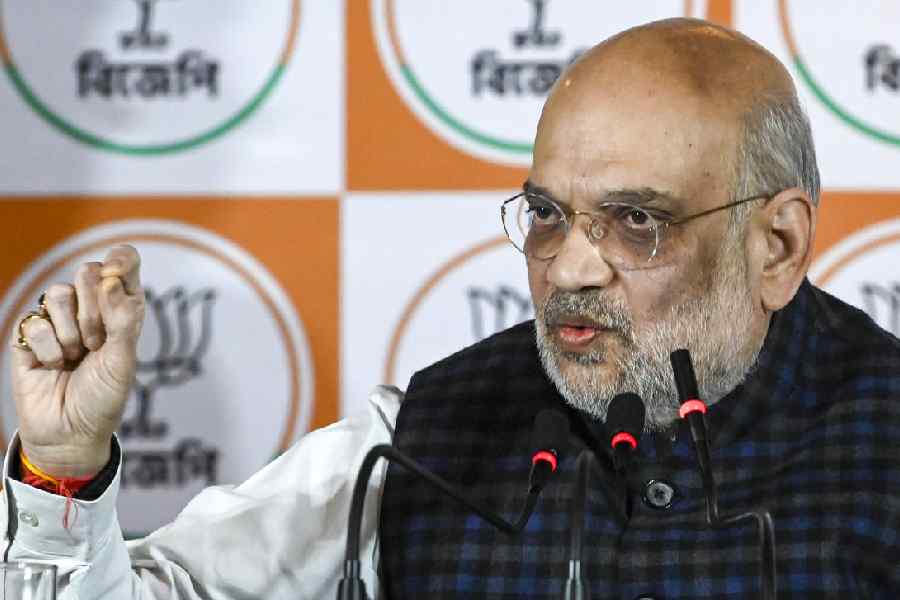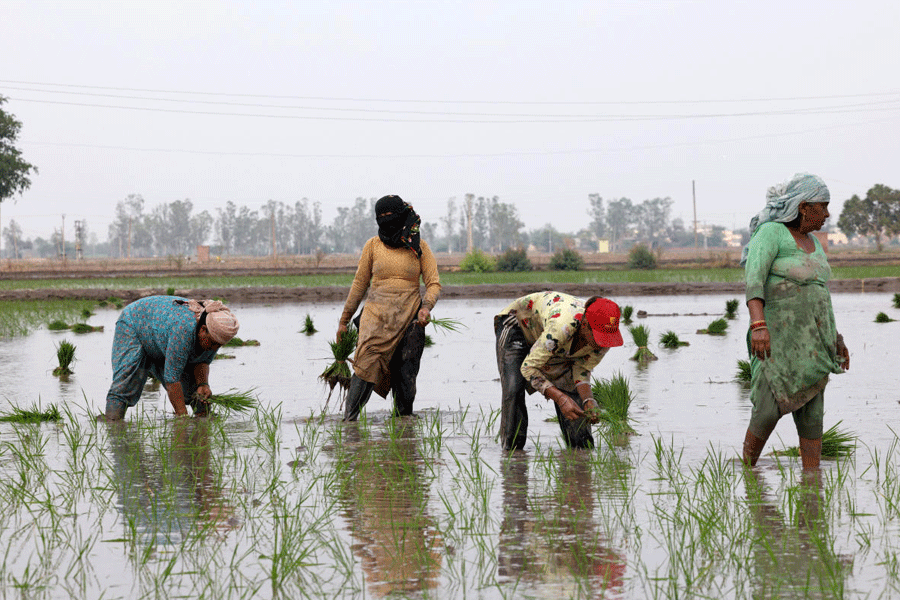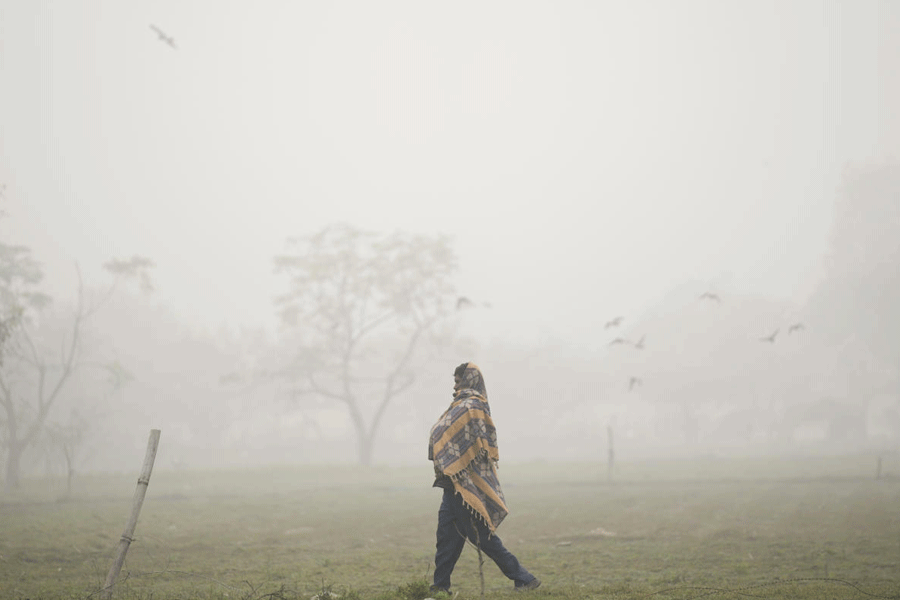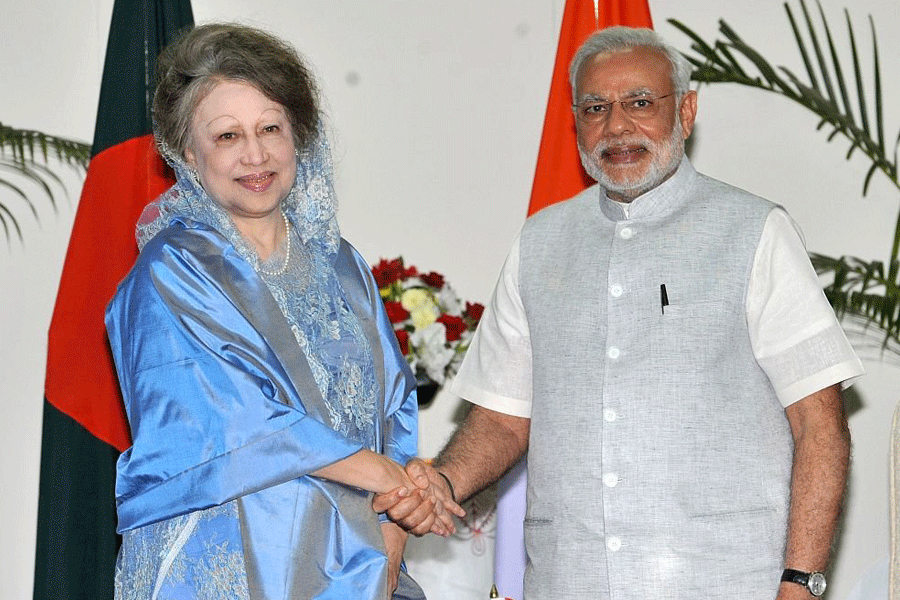 |
| Sk Joharul Islam at Odisha Kohenoor Press, which publishes the almanac. Picture by Badrika Nath Das |
Cuttack, April 14: Religious festivities and guzzling down glasses of the traditional pana were not the only activities that accompanied Odia Naba Barsa that was celebrated today across the state.
Making a dash for a copy of the Odia almanac or panji was as important as any other ritual, and no one knows that better than the Muslim family that prides in publishing the panji for the past 78 years.
Late Aminul Islam was the founder of the Odisha Kohenoor Press Panjika, which first published the panjika way back in 1935, said Sheikh Joharul Islam, 63, an entrepreneur and son of senior Islam.
Mukti Mandap, the highest Hindu religious body of Jagannath temple in Puri, has also accepted the panjika. The rituals and beshas of Lord Jagannath and other sacred temples are performed according to the almanac.
“Being his son, I took charge of publishing the panji. It is used not only by Hindus, but also Muslim families to know about various auspicious dates and rituals,” said Joharul, adding that his father was a patriot and was associated with many Odia leaders such as Gopabandhu Das, Harekrushna Mahatab, Nabakrushna Choudhry and Bhagirathi Mohapatra.
“He was instrumental in promoting communal harmony by publishing books on Indian culture, vedas, puranas and the Holy Quran,” added Joharul, who completed his doctorate in astrology in 1996.
Earlier, only 2,000 copies of Odia panji were published in a day, but with modern technology, 50,000 to 1,00,000 copies are being published daily now.
The Odisha Kohenoor Press also publishes another panjika called Asali Pathani Samantra Panjika in memory of astronomer Samanta Chandrasekhar.
At present, six other almanacs are published in Odisha — Radharaman Press Panjika, Dharmagrantha Panjika, Asali Khadiratna Panjika, Arunodaya Press Panjika, Bhagya Jyoti Panjika and Siromani Panjika.

